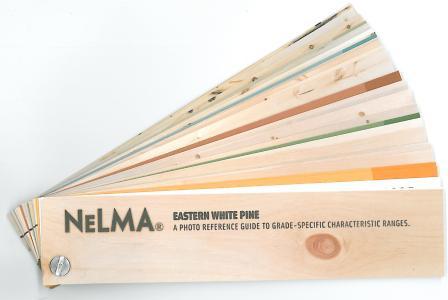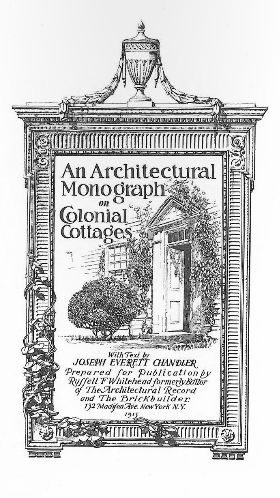The early churches in various American states differ in style from those in England – so where did the architects of the time gain their inspiration? This issue of the historic White Pine Monographs takes a look at the history of church architecture throughout eight early colonies, theorizing that the use of wood instead of stone, subtle details and a generally more delicate style came from architect James Gibbs, who published a book of designs of churches in 1728.
The specific churches pictured in this issue include St. Pauls in Edenton, North Carolina, Trinity Church at Swedesboro, New Jersey, The First Congressional Church at Bennington, Vermont and four more. They were built between 1736 and 1816, the oldest being the Edenton St. Pauls, which is considered “one of the most picturesque of the very early American churches” and was the scene of a second protest tea party.
Some of the architectural details on these various churches are explained in terms of practicality. For example, the church at Old Bennington, built in 1806, was influenced both by concerns about strong winds and recent changes in design trends. “The use of the open story in the spire is a bold endeavor at original design. This may be wellc considered as of purely America origin for such a design is impossible of execution in any other material than wood; the use of wood being largely confined on this side of the water. The columns structurally no doubt run through to the cornice and are strongly braced by the arches below the frieze. They are subject to quite a bending stress due to wind, a stress which would be impossible to provide against were they of stone.”






